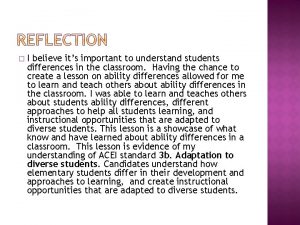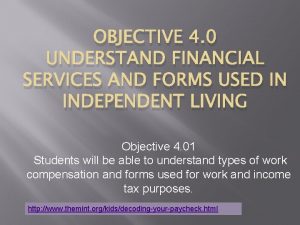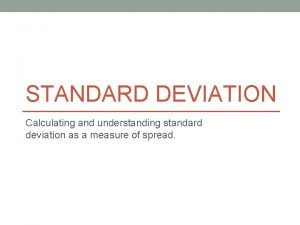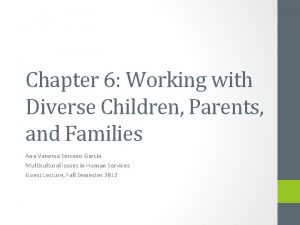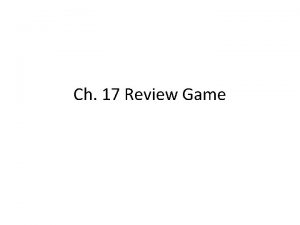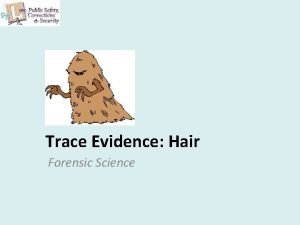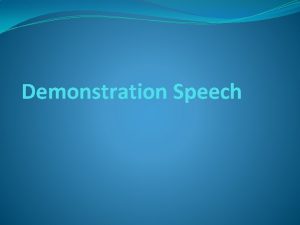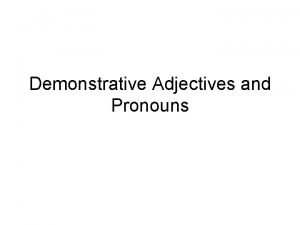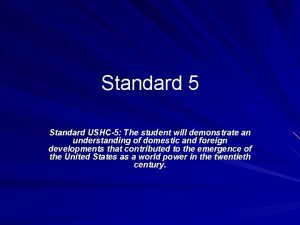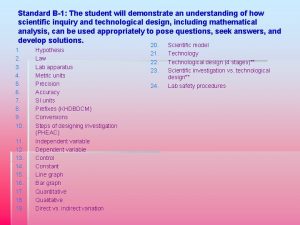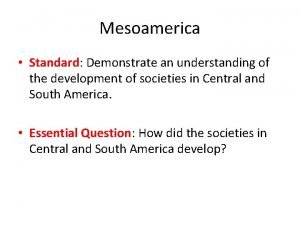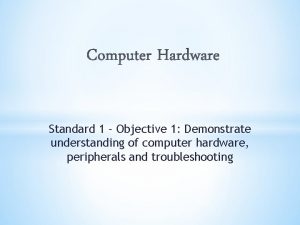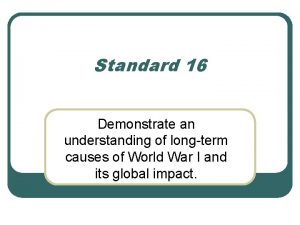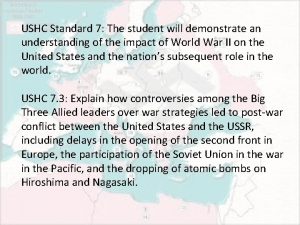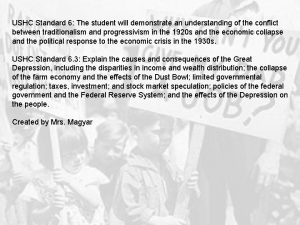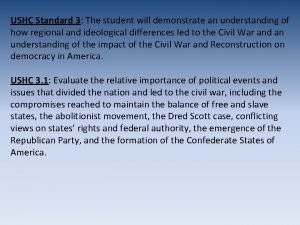Standard USHC7 The student will demonstrate an understanding
















- Slides: 16

Standard USHC-7: The student will demonstrate an understanding of the impact of World War II on the United States and the nation’s subsequent role in the world. USHC-7. 1 Analyze the decision of the United States to enter World War II, including the nation’s movement from a policy of isolationism to international involvement and the Japanese attack on Pearl Harbor.



THE UNITED STATES: Roosevelt’s primary goal was to help Britain and its allies defeat Germany, so he introduced policies to discourage the Japanese from attacking the British Empire

Export Control Act: gave Roosevelt the power to restrict the sale of strategic materials to other nations • Roosevelt immediately blocked the sale of airplane fuel and scrap iron to Japan through an embargo • Embargo: refusal to ship certain products to a country • This resulted in Japan signing an official alliance with Germany and Italy, and becoming an Axis Power


Japan’s surprise attack on December 7, 1941, came a few minutes before 8: 00 am.

The Japanese attack on Pearl Harbor sank or damaged a dozen naval vessels, destroyed almost 200 warplanes, and killed or wounded nearly 3, 000 people. The next day, President Roosevelt emotionally described December 7, 1941 as “a day which will live in infamy. ” • Following the president’s speech, the Senate voted 82 to 0 and the House 388 to 1 to declare war on Japan.






GERMANY: The terms of Japan’s alliance with Germany specified that Germany only had to come to Japan’s aid if Japan was attacked, not if Japan attacked another country But, Hitler had grown frustrated with the American navy’s attacks on German submarines, and he believed the time had come to declare war

On December 11, 1941 Germany and Italy both declared war on the United States

On February 9, 1942, President Roosevelt signed Executive Order 9066 • The evacuation order began the “round up” of 120, 000 Americans of Japanese heritage to one of 10 internment camps • These were officially called “relocation centers” and were located in California, Idaho, Utah, Arizona, Wyoming, Colorado and Arkansas http: //www. archive. org/details/Japanese 194 3
 Demonstrate knowledge and understanding
Demonstrate knowledge and understanding Understanding student differences
Understanding student differences Essential questions: opening doors to student understanding
Essential questions: opening doors to student understanding Payroll card
Payroll card Biology standard deviation formula
Biology standard deviation formula Standards rhyme
Standards rhyme Contest on mount carmel
Contest on mount carmel Edip army
Edip army Bicultural couples tend to demonstrate extremes in
Bicultural couples tend to demonstrate extremes in What does this image demonstrate?
What does this image demonstrate? Miller and urey's experiments attempted to demonstrate
Miller and urey's experiments attempted to demonstrate An na should reposition immobile residents at least every
An na should reposition immobile residents at least every Caucasian shaft diameter
Caucasian shaft diameter Demonstrate good subject and curriculum knowledge
Demonstrate good subject and curriculum knowledge Purpose of demonstration speech
Purpose of demonstration speech After death hair
After death hair Let's do some practice
Let's do some practice

